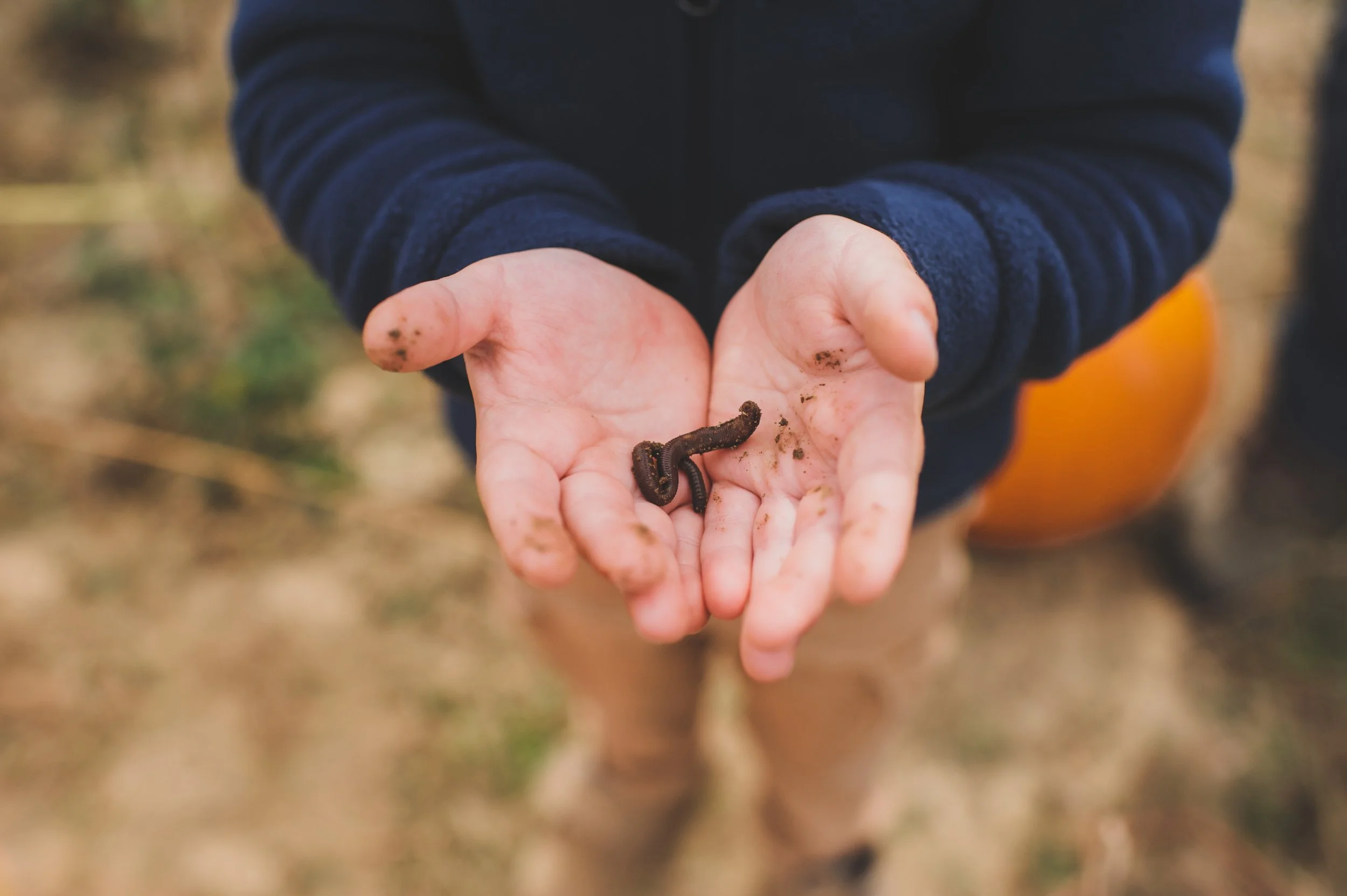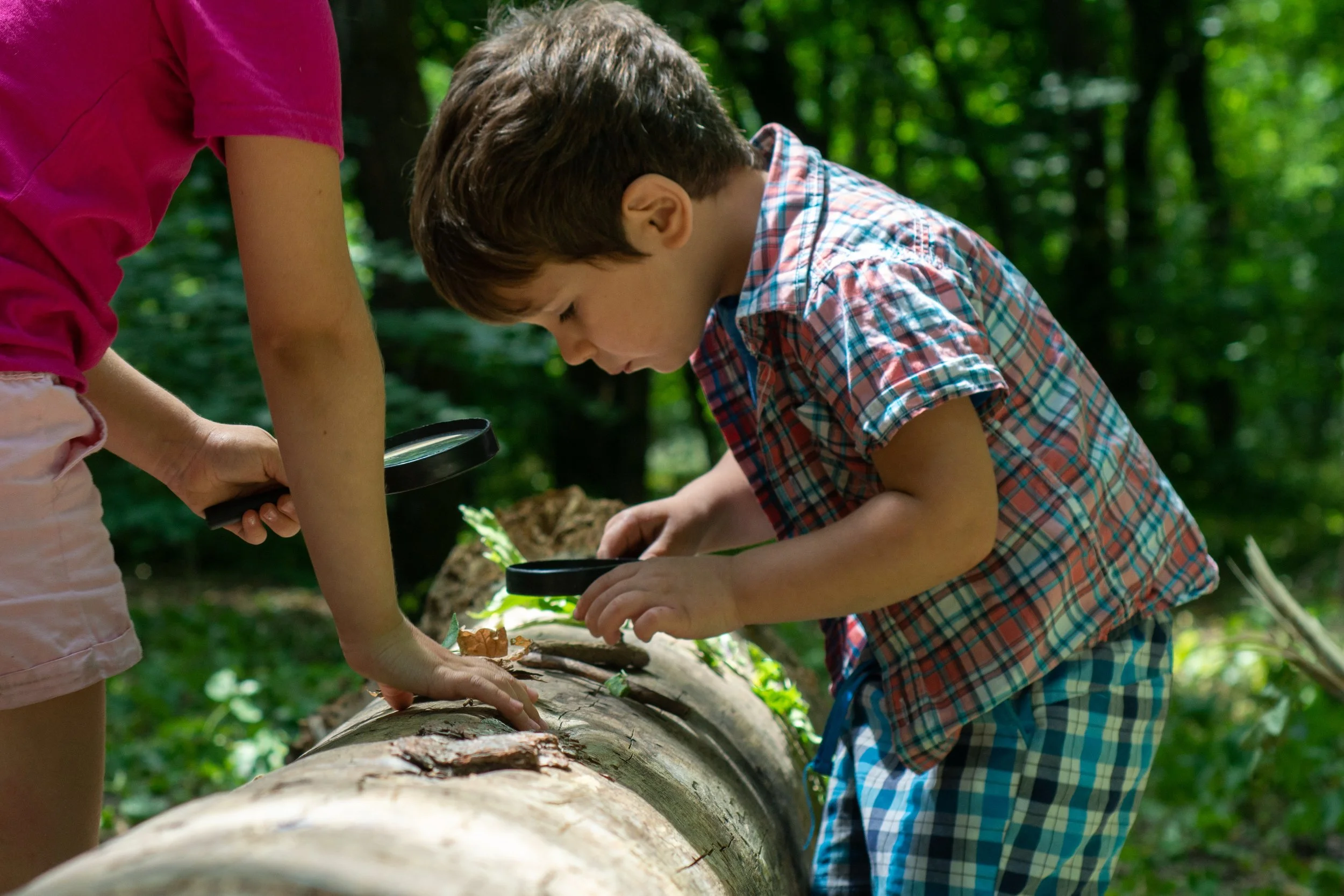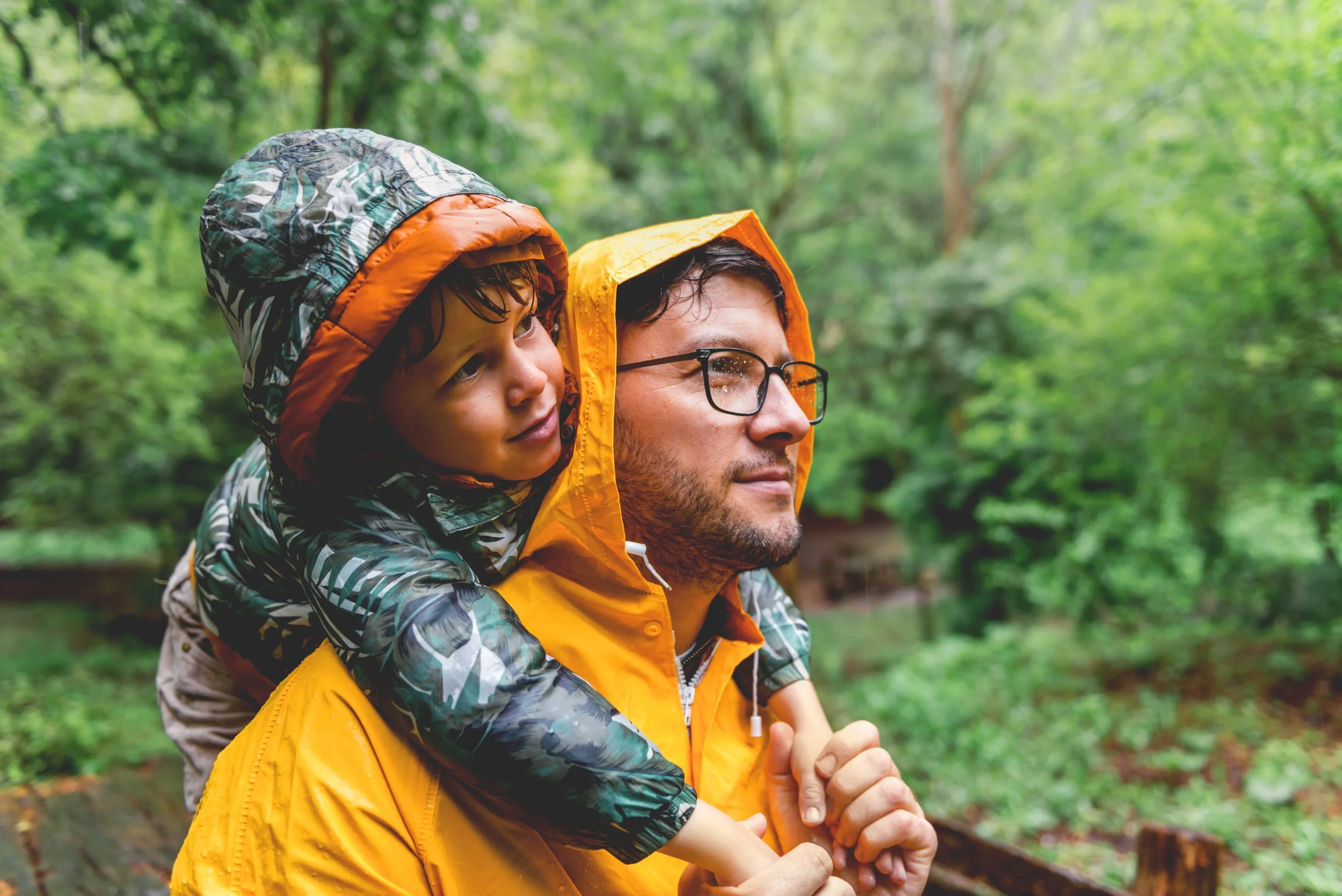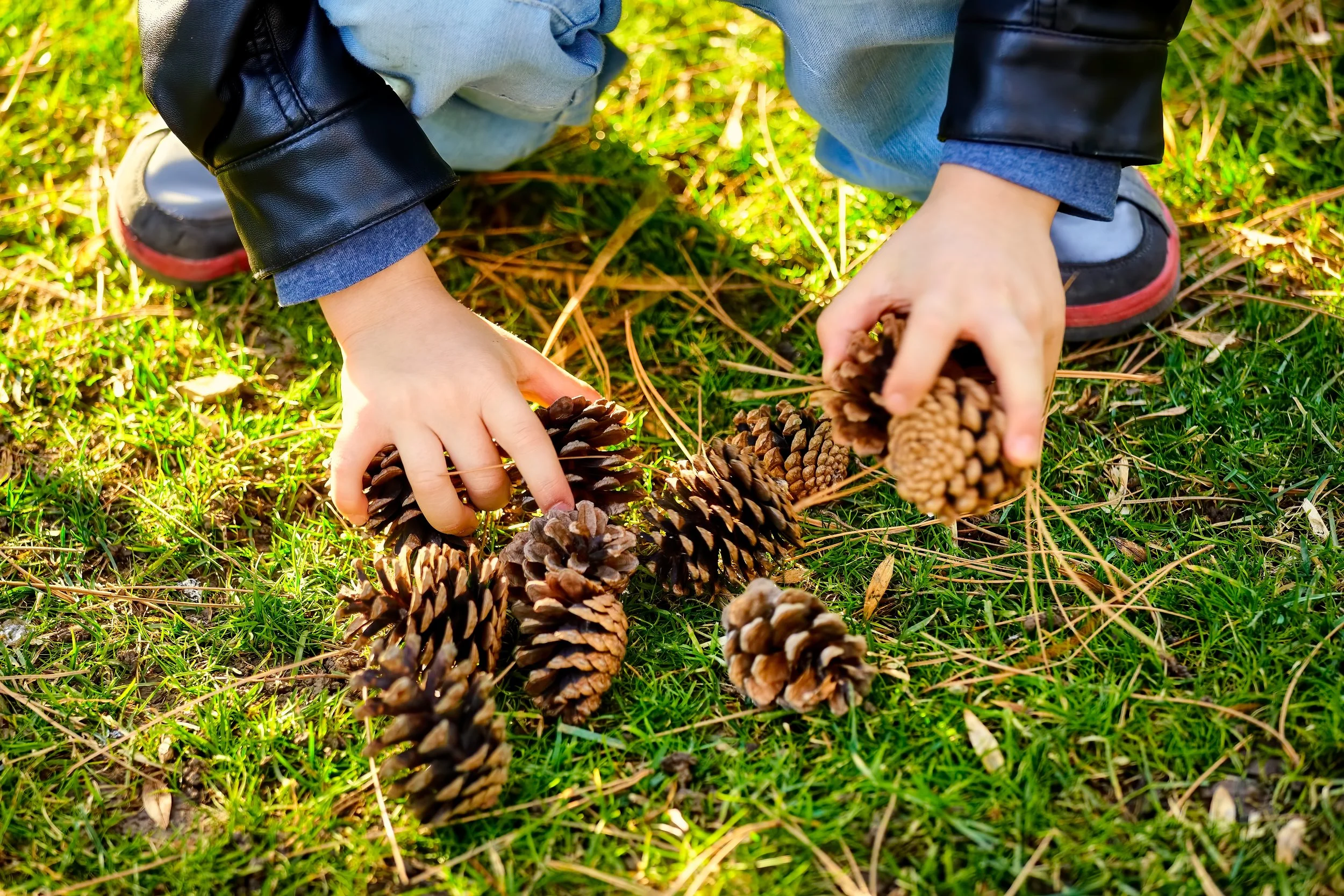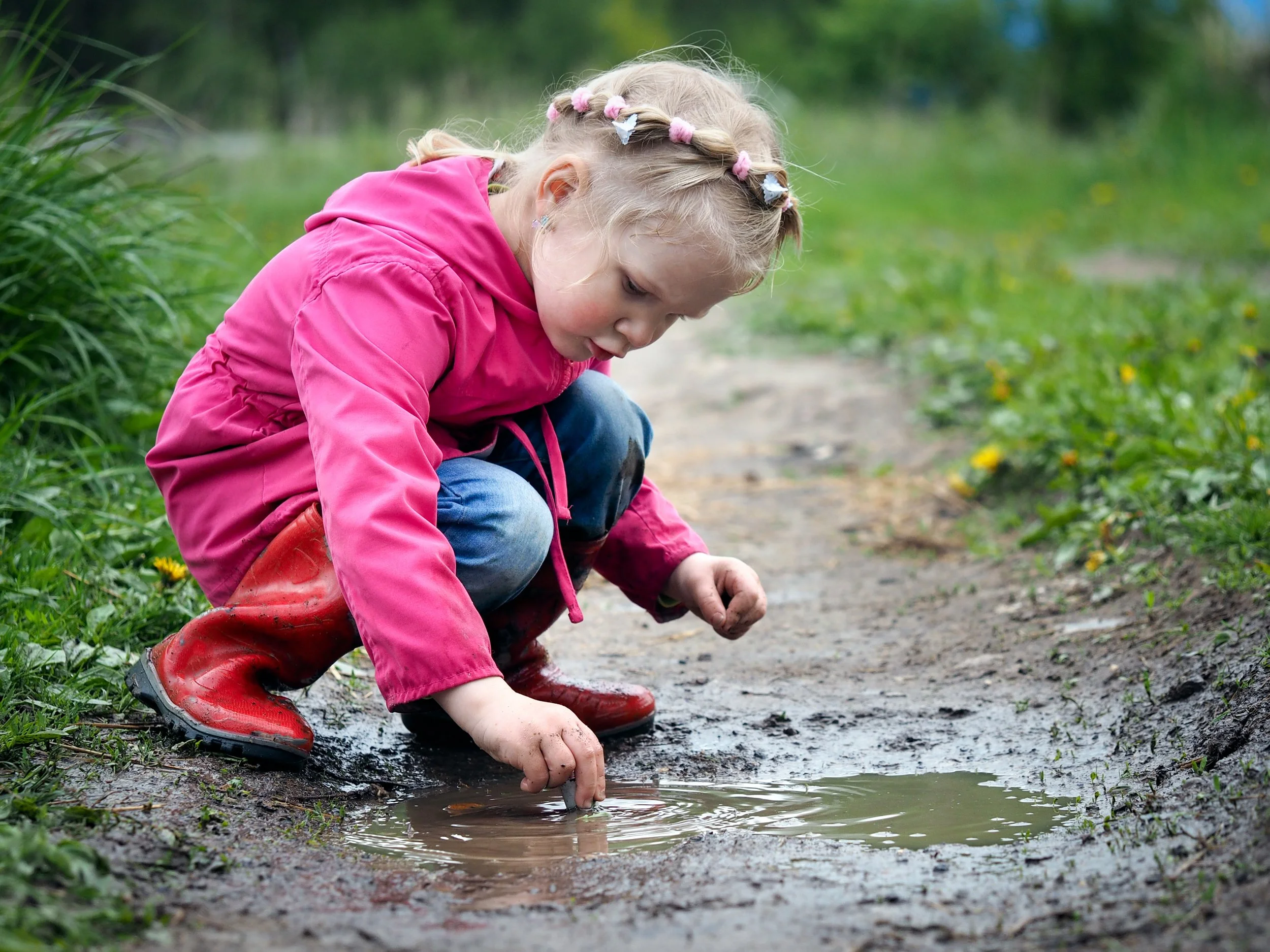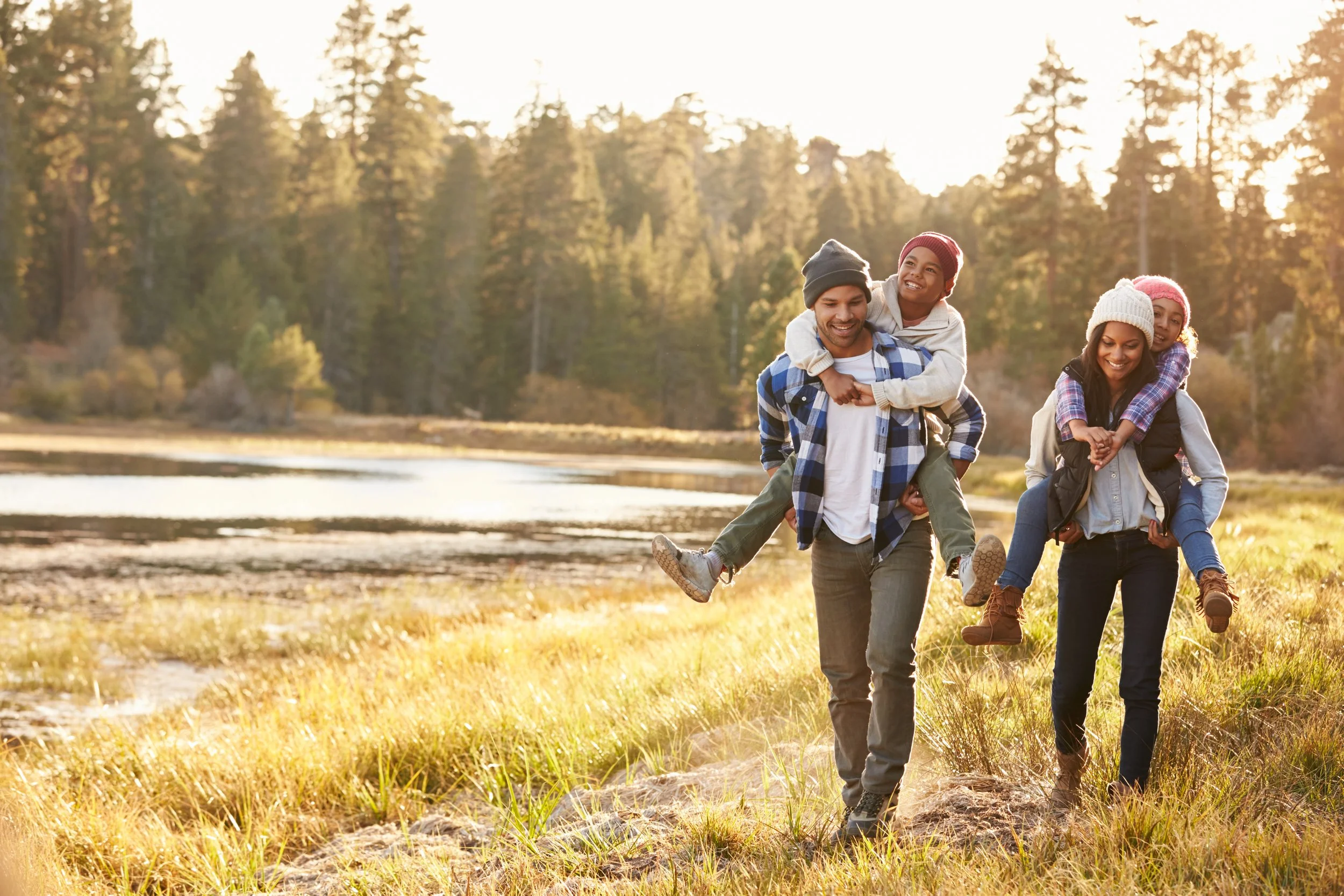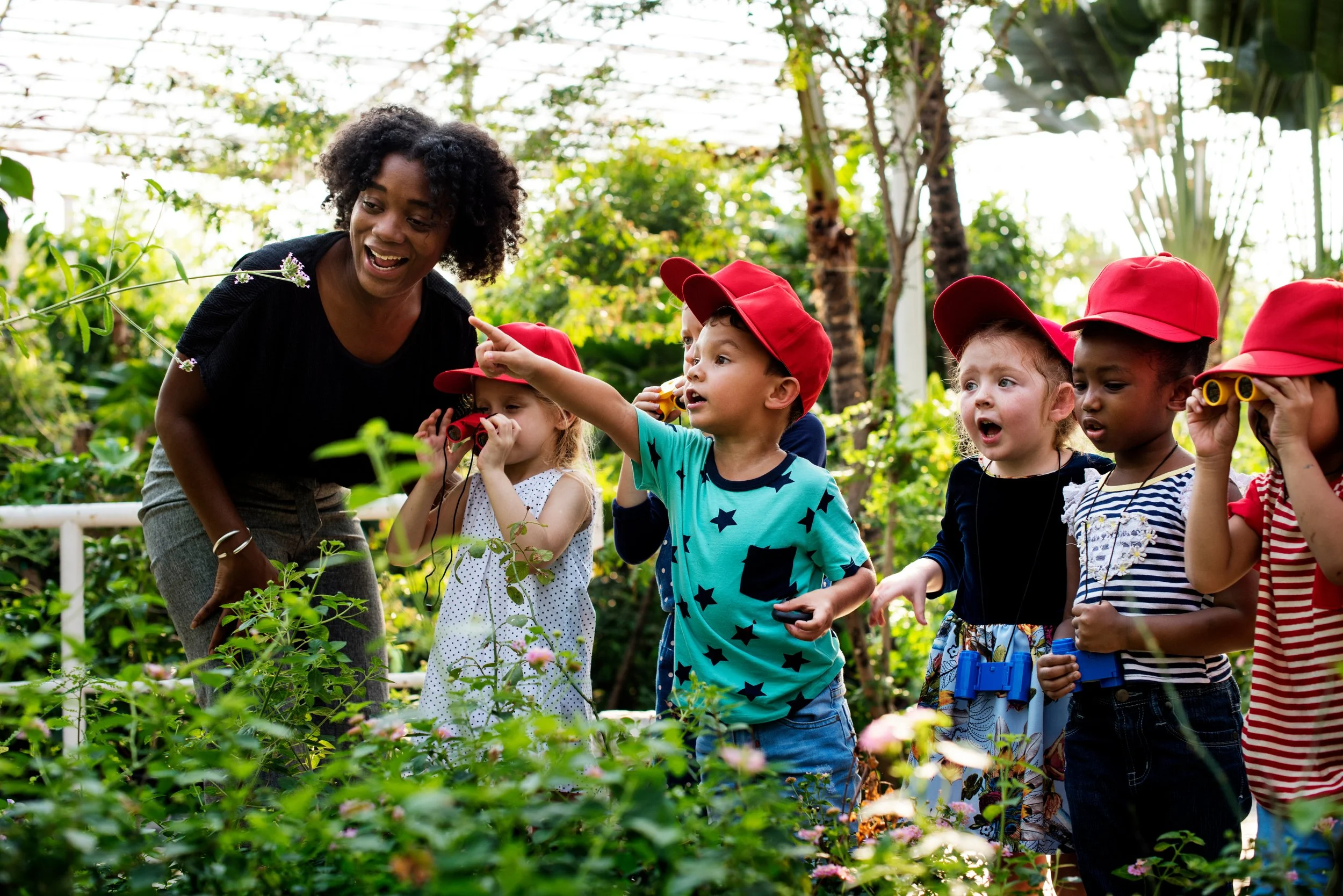How nature education can help your child succeed in school…a parent’s guide.
As a parent, you want the best for your child. You want them to be happy and successful in school, and you want them to enjoy life.
You may be surprised to learn that nature education can help your child achieve all of these things.
When children are exposed to nature, and outdoor learning, they have increased opportunities to explore, discover, and create. They also develop a greater sense of responsibility and connection to the world around them.
All of these things can lead to improved academic performance and social-emotional well-being.
Studies have shown that kids who spend time learning outdoors perform better academically. Additionally, nature education can help children develop important life skills from an early age such as critical thinking, problem-solving, and teamwork
What is nature education for kids?
Nature education is the umbrella term used to describe any educational activity that takes place in nature or involves outdoor learning. This could include learning in a nature reserve, park, garden, or even in your backyard or local streets.
Origins
Nature education has a long and rich history. For indigenous people, outdoor learning is not just about science and math; it has always been a place to connect with ancestors, discover how the use of natural resources and connect with community.
Indigenous Australians value a deep understanding of the environment and use this knowledge to teach others about the importance of taking care of the land. Environmental education is an important part of indigenous culture, and it can help children develop a strong sense of connection to the natural world.
European school-based nature education can be traced back to the 1800s, when nature kindergartens began to crop up. These schools were based on the belief that children should spend time in nature, and they were very popular.
In the early 1900s, forest schools began to gain popularity in Scandinavia. Taking place entirely outdoors, they focused on environmental education and developing a love of nature in children. The foundations of forest school are challenging opportunities for exploration, creativity, and risk-taking. Also a basis for the Montessori approach, a philosophy that views outdoor play as essential for development.
Environmental education and the natural world
Today, nature education is more relevant than ever. This is due in part to the fact that education, having moved indoors, has lost many benefits that traditional learning outdoors provided. And also to the growing awareness of the importance of environmental education and the benefits that outdoor learning can provide for kids.
With the rise of technology and increased screen time, many kids are missing out on important opportunities to engage with the great outdoors. Nature education can help redress this balance by providing kids with opportunities to be physically active and learn in an outdoor setting.
Topics like climate change, and threats to wildlife have developed the need to nurture a passion for protecting the planet in childhood so that as young adults they are able to build a sustainable future for themselves and the next generation.
There are a number of different approaches, but all of them share a common goal: to help children develop a love for nature, the environment and a relationship with the natural world.
What are the benefits of nature education and outdoor learning?
There are four reasons why nature education provides benefits for children:
Improved academic performance
When children are exposed to nature and supported in spending time outdoors, they have opportunities to learn about science, math, and other academic subjects in a hands-on way.
In as little as six weeks of attending forest school for example, children show significant improvements in their math and literacy skills. They also had better social skills and were more likely to take on leadership roles.
Other studies have found that nature-based programs can help cognitive development, with gains in memory, and executive function. And fourth and fifth graders who had participated in an outdoor environmental education program outperformed their peers on standardized test scores.
Increased creativity and problem-solving skills
In addition to the academic benefits, nature activities and time outdoors can help children develop important life skills such as critical thinking, problem-solving, and teamwork. These skills are essential for success in school and in life.
The outdoors environment has fewer set boundaries and enables kids to take risks and use their creativity to find solutions to problems they encounter.
Stronger connection to nature and the environment
A strong connection to the environment is important for developing a sense of responsibility for taking care of the planet.
When children have a strong connection to nature, they often feel a sense of belonging to the place they live in. Kids feel like they are part of something larger. Young people are more aware of environmental issues such as climate change and feel a sense of responsibility for the environment with a desire to protect it.
Better health
Finally, nature activities can also have a positive impact on health. Studies have shown that kids who spend time learning outdoors have improved fitness levels and mental health with teens experiencing less stress.
What does a nature-based learning day look like?
A nature-based learning day typically begins with children gathering in a circle to share what they have been up to since the last time they were together. They might share a story, show a nature craft they made, or recite a poem they learned. After that, the group typically breaks into smaller groups based on age and interests.
One group might go on a nature walk, looking for animal tracks and signs of spring. Another might stay in the garden to plant seeds or build houses out of sticks. Some children might choose to work on a long-term project, like building a bat box or bird feeder.
No matter what they are doing, each child is given the opportunity to direct their own learning, freedom to roam and explore at their own pace. The key theme is that activities are based around nature and the outdoors.
This hands-on, nature-based approach has been shown to engage children of all ages and abilities, from toddlers to high school students, fostering a love of learning that can last a lifetime.
Any of these activities or elements of outdoor learning can be incorporated into a regular school day. A nature hike in the local area to explore the surrounding woods, streets or local park learning about the plants and animals that live there. Building a shelter, making nature-themed art, or exploring a small area for insects and plants.
At the end of the day, students sit around a campfire (or just in a circle) and share what they have learned. Whatever the activity, it is designed to get children engaged with nature and excited about learning. It provides children with opportunities to learn about nature in a hands-on way.
These experiences can have a lasting impact on the way children think about nature and the environment, and how they approach learning in general.
5 Tips for you to get the most out of nature education for your child
There are a few things parents can do to help their kids get the most out of nature and outdoor education.
Tip #1. Get outside and explore nature together.
One of the best ways to enjoy environmental education is to get outside and explore nature together. Go for walks around the block, visit a park, or explore your local woods. Talk to your child about what you see and ask them questions. Help them to notice the small details and learn about the plants and animals that live there.
Try things like gardening, bird watching, pond dipping or making dens. Getting mucky is part of the fun!
Tip #2. Make nature learning a part of your daily routine.
You don't have to go on special nature outings to enjoy nature activities. You can incorporate it into your daily routine in small ways.
For example, you could start a nature journal with your child. Every day, spend a few minutes writing down what you've seen and learned about nature.
Include some regular outdoor time. Take a nature-focused walk on your way to school or after dinner. Talk about the things you see along the way. Research tells us that spending time in trees has been shown to reduce stress and support sleep. Great for an evening stroll for kids and parents too!
Tip #3. Use nature-based learning materials.
There are lots of great nature-based learning materials and resources available online and in stores. These can be a great way to help your child learn about nature. Look for puzzles, games, and toys that are specifically designed to teach kids about nature.
Reading books is a great way to learn about nature together. There are so many great nature books for young people. Look for ones that are age-appropriate and focus on the natural world around us. Try to find ones that are local to your area, so your child can relate to what they are reading.
Think about ways to bring nature indoors. Research points to the benefit to mental health that looking at pictures of trees can have. Gather some seasonal leaves and flowers to display and talk about. Collect some stones with interesting textures to use as counters.
Tip #4. Find a nature-based learning program.
If you want to give your child a more structured nature education experience, look for a nature-based program in your area. These programs are typically offered by nature centres, parks, the national wildlife federation, environmental organisations and other institutions. They usually involve a mix of classroom learning, play and outdoor exploration.
Some schools and preschools offer nature-based themes incorporated into their curriculum. Others might offer extended outdoor play, gardening and farm-to-plate meals.
It's important to talk with the teachers or educators to understand how they incorporate environmental education and outdoor learning into their classroom week. Don't be afraid to ask questions about how they prioritise outdoor time, encourage children in playing outdoors, or have fun spending time finding out about local wildlife.
Tip #5. Find what works for your child
When it comes to nature education, there is no one-size-fits-all approach. Have fun with nature activities. Find what works for you and your family and go from there. The most important thing is to get outside, play and explore nature together. By doing this, you'll help your child develop a love of learning that will last through high school to adult life.
How Wildkids Australia can help
Now that you know a little more about nature education, we hope you'll consider giving it a try. Wildkids Australia provides a variety of resources to make nature learning fun and easy for both parents and educators. In-person sessions and online resources are available, making nature education accessible no matter where you live.
And don't forget the subscription boxes! These are a great way to bring nature learning into your home on a regular basis. Packed with green activities, crafts, and educational resources, all wrapped in eco-packing with carbon-neutral delivery. Visit our shop to find out more!
We hope you'll take advantage of all that nature education has to offer. It's a great way to help your child learn about the world around them and develop a lifelong love of learning and care for the planet.
If you have any questions or would like more information about nature or environmental education, please check out the blog articles and information on our website or contact us today.
